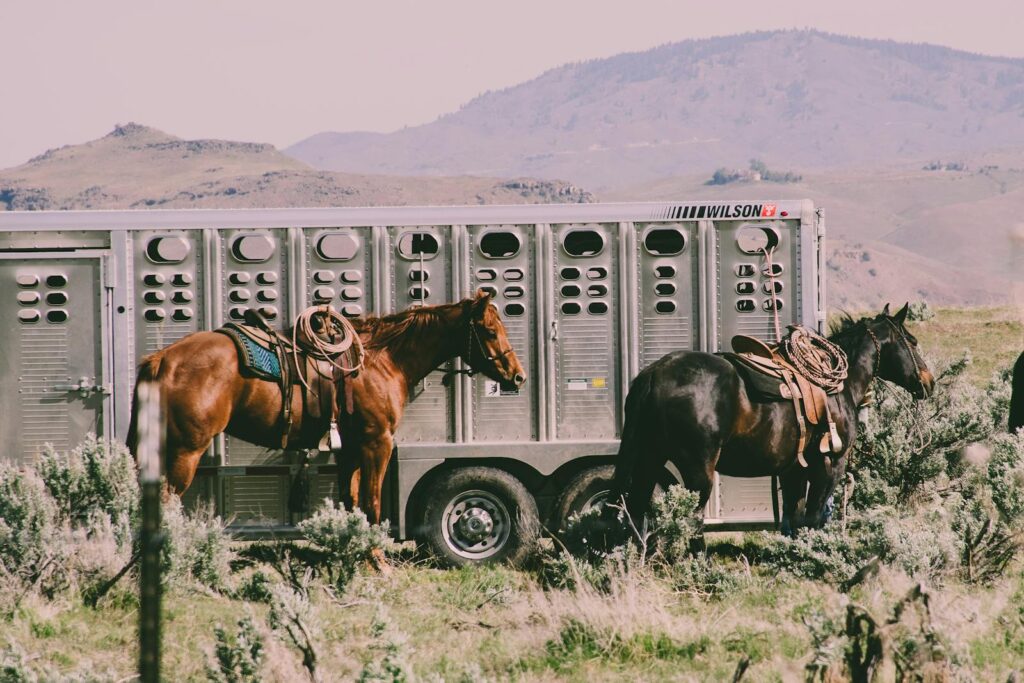Moving your horse to a new barn can be a stressful experience for both of you. Horses are creatures of habit, and a change in their environment can disrupt their sense of routine and security, affecting both their physical and emotional well-being. However, with the right preparation and a thoughtful transition plan, you can ease the process and help your horse adjust smoothly. This comprehensive guide outlines the key steps to prepare for the move, reduce stress, and ensure your horse settles comfortably into their new barn home.
Understanding Your Horse’s Perspective on Change
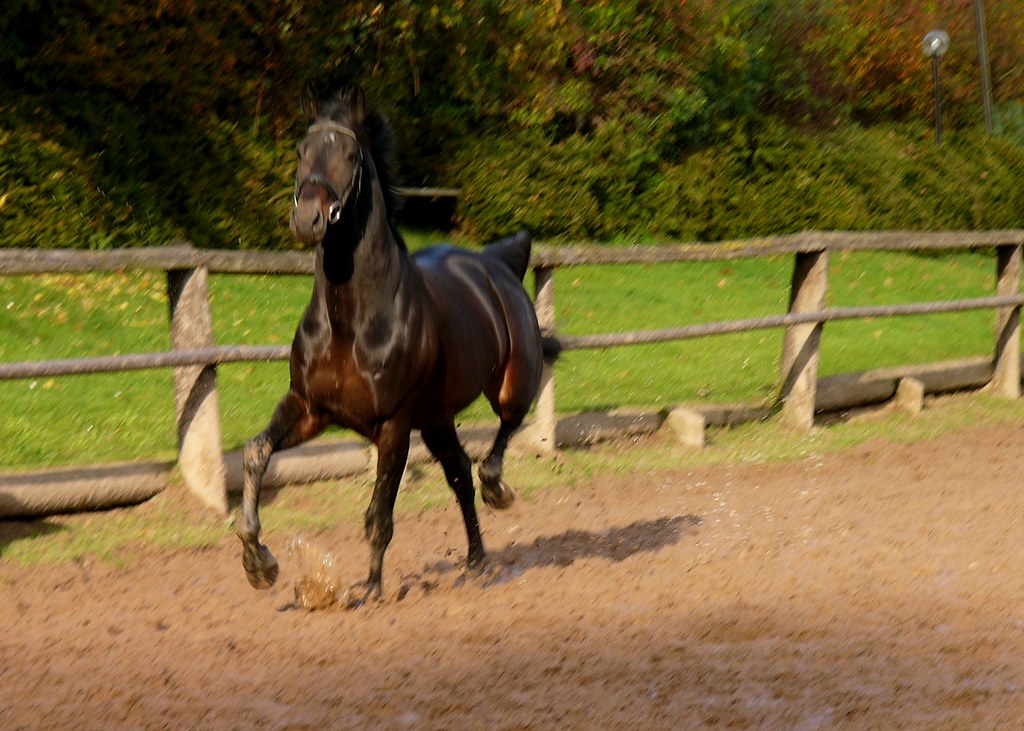
Horses are prey animals with strong herd instincts, which makes them naturally cautious when faced with new environments and routines. Entering an unfamiliar setting can trigger a significant spike in stress hormones, leading to behavioral changes, reduced appetite, or even health issues. Your horse will be processing a flood of new stimuli all at once—unfamiliar smells, sounds, herd dynamics, and physical surroundings. Recognizing that your horse experiences these changes very differently than you do is the first step toward a successful transition. By understanding and respecting their instinctive responses, you’ll be better equipped to support them through this potentially challenging adjustment period.
Planning Ahead: Timeline for a Smooth Transition
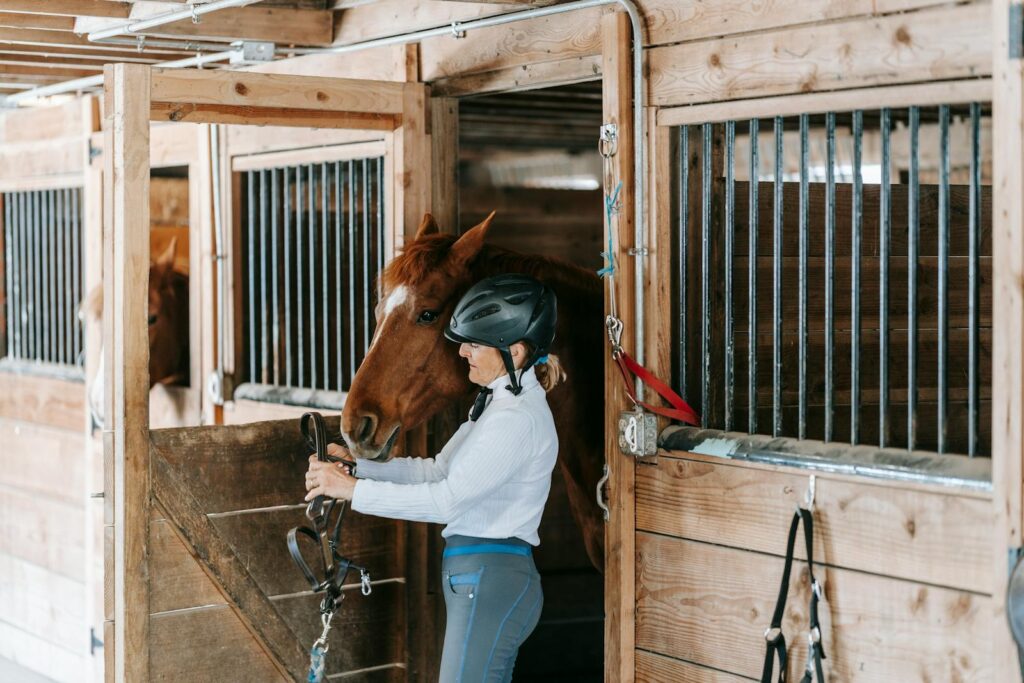
A successful barn move begins with thorough planning at least several weeks before the actual moving day. Start by creating a detailed timeline that includes gathering your horse’s records, scheduling veterinary appointments, and making arrangements with both your current and new barn managers. If possible, plan the move during a season with mild weather and at a time when you can be present to monitor your horse for several days after relocation. Coordinate with your new barn to ensure they’re fully prepared for your horse’s arrival, including having appropriate stall bedding, feed, and water available. Consider scheduling the move during a quiet time at the new facility so your horse can acclimate without the additional stress of high activity levels.
Gathering and Organizing Medical Records

Comprehensive medical documentation is crucial when moving your horse to a new facility. Gather all vaccination records, dental history, deworming schedules, and details of any past injuries or chronic conditions. Organize these records in chronological order, and prepare both physical and digital copies to share with the new barn management and veterinary team. Be sure to include information on your horse’s current medications, supplements, and any special care requirements. Providing a complete medical history helps ensure seamless continuity of care and equips the new staff with the knowledge they need to support your horse’s health from the very beginning.
Pre-Move Veterinary Examination
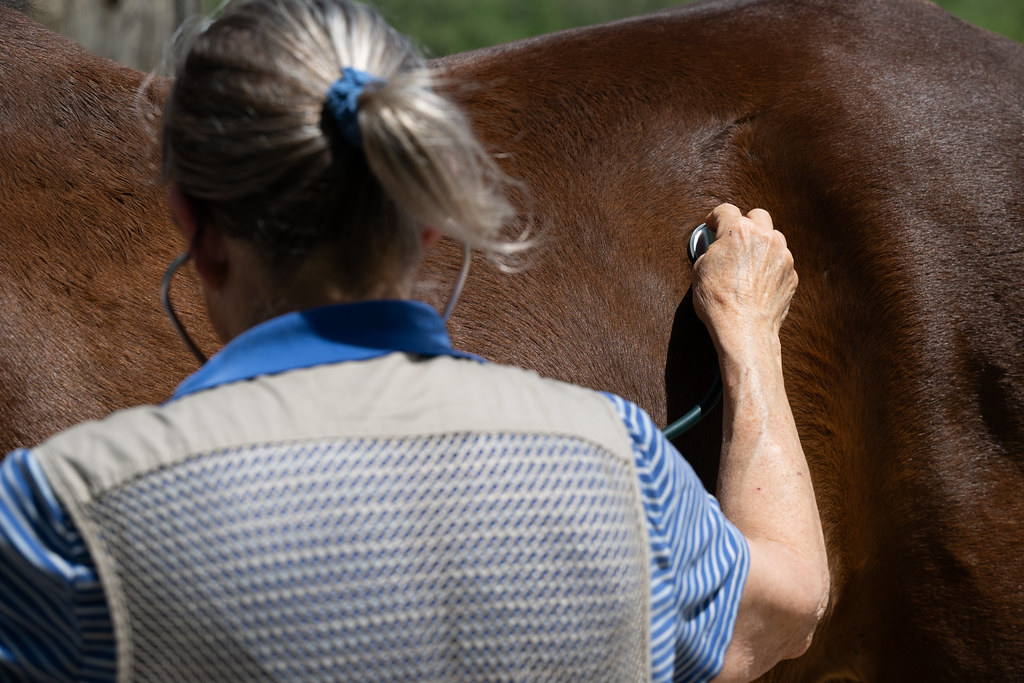
Schedule a comprehensive veterinary exam about two weeks before the move to ensure your horse is in good health for the transition. The visit should include a full physical evaluation, vaccination updates if necessary, a dental check, and possibly bloodwork to establish baseline health indicators. Talk to your veterinarian about the upcoming relocation and ask for tailored recommendations based on your horse’s age, temperament, and medical history. If your horse has shown signs of stress during travel in the past, this is also a good time to discuss the use of calming supplements or medications. Preparing your horse’s health in advance helps minimize the risk of complications during and after the move.
Familiarizing Your Horse with Transport and Equipment
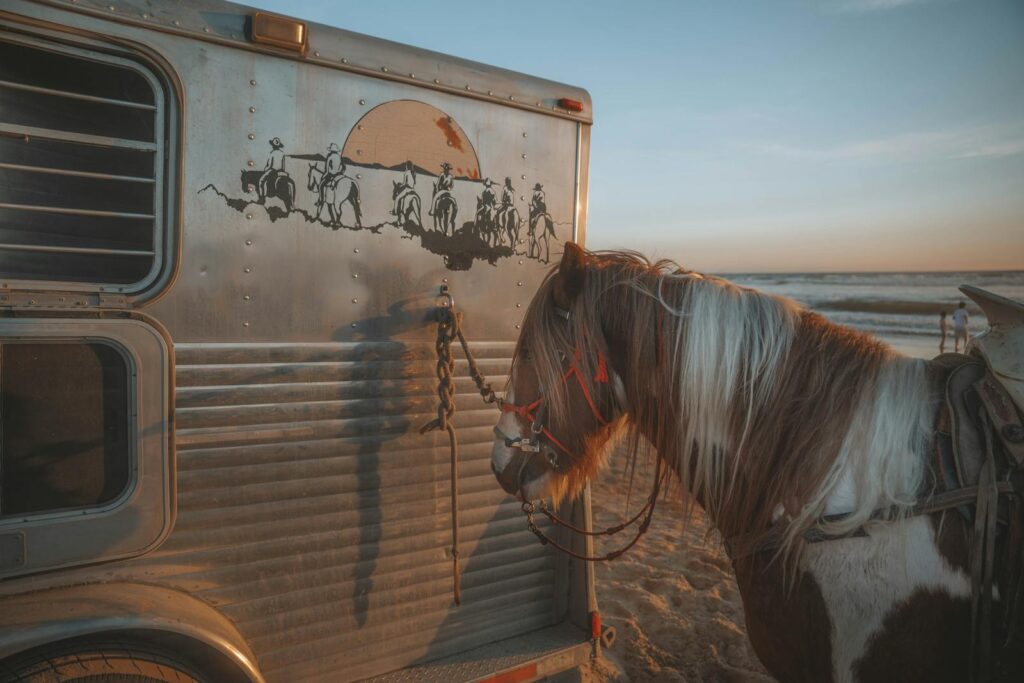
If your horse hasn’t been trailered recently, it’s important to schedule a few practice sessions before moving day. Start with short trips using the same trailer you’ll use for the actual move, gradually increasing the duration to help your horse build confidence and comfort with travel. Familiarity with new equipment can also ease the transition—if the new barn uses different types of buckets, feeders, or stall setups, try to introduce similar items at your current location ahead of time. Bringing familiar scents can help too; consider using the same type of bedding or mixing in some from your current barn. These small adjustments can go a long way in reducing your horse’s stress when they arrive at their new home.
Dietary Considerations and Gradual Feed Transitions

Abrupt changes in diet can lead to serious digestive issues including colic, which is why dietary transition requires careful planning. Begin gradually introducing any new feeds at least two weeks before the move, slowly increasing the proportion of new feed while decreasing the old. Coordinate with the new barn to understand exactly what hay, grain, and supplements will be available, obtaining samples if possible for this transition period. Pack enough of your horse’s current feed to last at least a week at the new location, allowing for continued gradual transition. Maintain consistent feeding times throughout this process, as schedule disruptions combined with feed changes can further stress the digestive system. Remember that water sources will also change, so consider bringing water from your current barn to mix with the new water initially.
Creating a Familiar Environment in the New Space

Bringing familiar items to the new barn can significantly reduce your horse’s stress by providing sensory connections to their previous home. Bring their usual blankets, brushes, buckets, and toys that carry familiar scents to the new location. If permitted by the new facility, consider bringing their regular stall guard or door hanging, which serves as a recognizable visual cue. Some horses benefit from having a favorite stall toy or lick set up before their arrival, creating a positive association with the new space. Using the same bedding initially can also provide comforting smells during the first few critical days. These familiar elements act as anchors of security during a time when everything else is changing around your horse.
Minimizing Stress During Transport Day
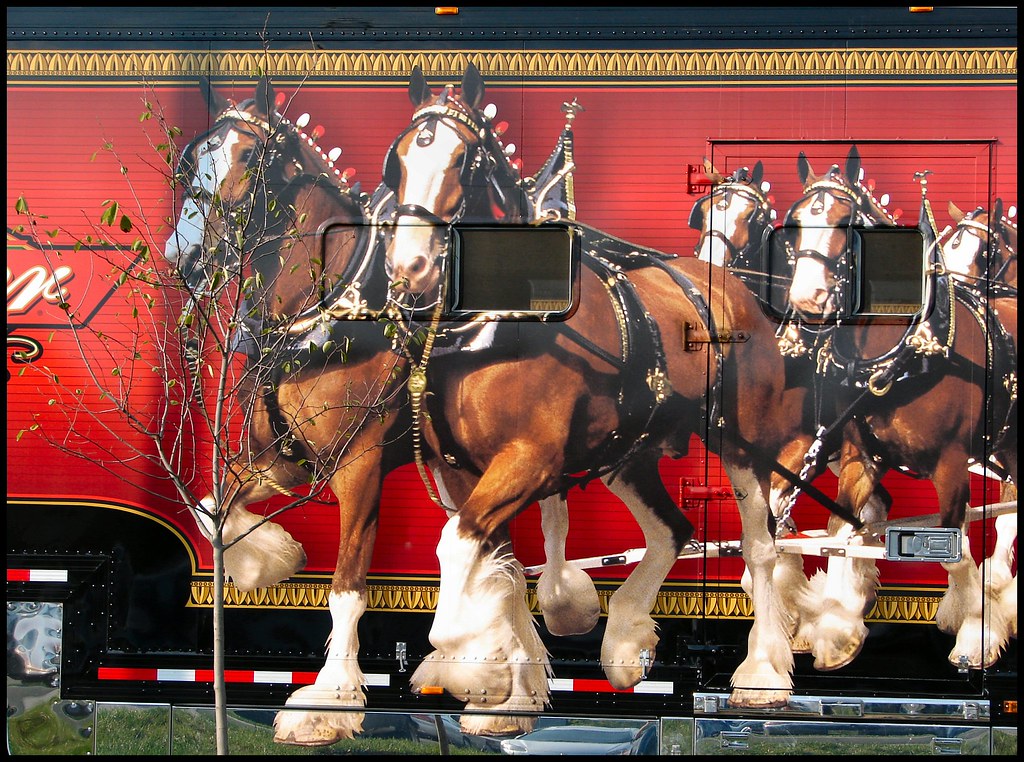
The actual moving day should be carefully orchestrated to minimize stress for your horse. Schedule the transport during the coolest part of the day, avoiding rush hours or extreme weather conditions. Ensure your horse is well-hydrated before loading, and plan for rest stops during long journeys where your horse can rebalance and be offered water. Keep the loading process calm and unhurried, allowing your horse to mentally prepare for the journey. Many experienced horse owners find that having a companion animal travel with an anxious horse can provide significant comfort, whether that’s another horse or even a calm goat. Pack an easily accessible emergency kit containing first aid supplies, your veterinarian’s contact information, and any calming supplements or medications that might be needed during transport.
First Day Protocols at the New Barn

When you arrive at the new facility, resist the urge to immediately turn your horse out or introduce them to new herdmates. Instead, allow them to decompress in their stall for several hours, offering hay and water while they observe their new surroundings from a safe space. Use this time to monitor their vital signs and ensure they’re recovering well from the stress of transportation. Once your horse seems relaxed in the stall, offer a brief hand-walking tour of the immediate surroundings, allowing them to see, smell, and process the new environment while staying under your control. Continue your regular grooming and handling routines to provide reassurance and continuity during this critical adjustment period. Remember, your calm presence signals to your horse that the new environment is safe.
Gradual Introduction to New Routines

Resist the temptation to immediately immerse your horse in all aspects of their new schedule. Instead, gradually introduce new elements of the routine over several days or even weeks, depending on how your horse is adjusting. Start by maintaining as many aspects of their previous schedule as possible, especially feeding times and exercise sessions. Slowly incorporate new elements, like different turnout schedules, arena work, or training protocols. Pay close attention to your horse’s stress indicators—changes in appetite, unusual behaviors, or altered energy levels can signal that the transition is happening too quickly. Be ready to adjust your timeline based on your horse’s individual adaptation rate, understanding that some horses need significantly more time to adjust than others.
Managing Social Integration with New Herdmates

Introducing your horse to new companions requires patience and careful observation to ensure safety and minimize stress. Start with visual contact only, allowing the horses to see each other across a safe barrier for at least 24-48 hours before any physical interaction. When it’s time for initial contact, choose a quiet part of the day and select a calm, well-socialized horse as your horse’s first introduction. Supervise these initial meetings in a spacious area with good footing and minimal hazards, being prepared to intervene if the interactions become too intense. Watch for normal equine communication versus signs of excessive aggression or fear. Some facilities use a “buddy system,” where a new horse is initially paired with just one compatible herdmate before broader integration, which can significantly reduce adjustment stress and injury risk.
Monitoring Health and Behavior During Transition

The first few weeks at a new barn require vigilant monitoring of your horse’s physical and emotional well-being. Establish a routine for monitoring that includes daily temperature checks, appetite assessment, manure consistency evaluation, and thorough observation of behavior patterns. Keep a detailed log of any changes, as this can help identify emerging issues before they become serious problems. Pay special attention to water consumption, as many horses drink less in unfamiliar environments, potentially leading to impaction colic or dehydration. Watch for subtle behavioral changes like weaving, stall walking, or unusual aggression, which often indicate stress or discomfort. Share your observations with barn staff and your veterinarian, especially if concerning patterns emerge, as early intervention can prevent many transition-related health issues.
Building Relationships with New Barn Staff
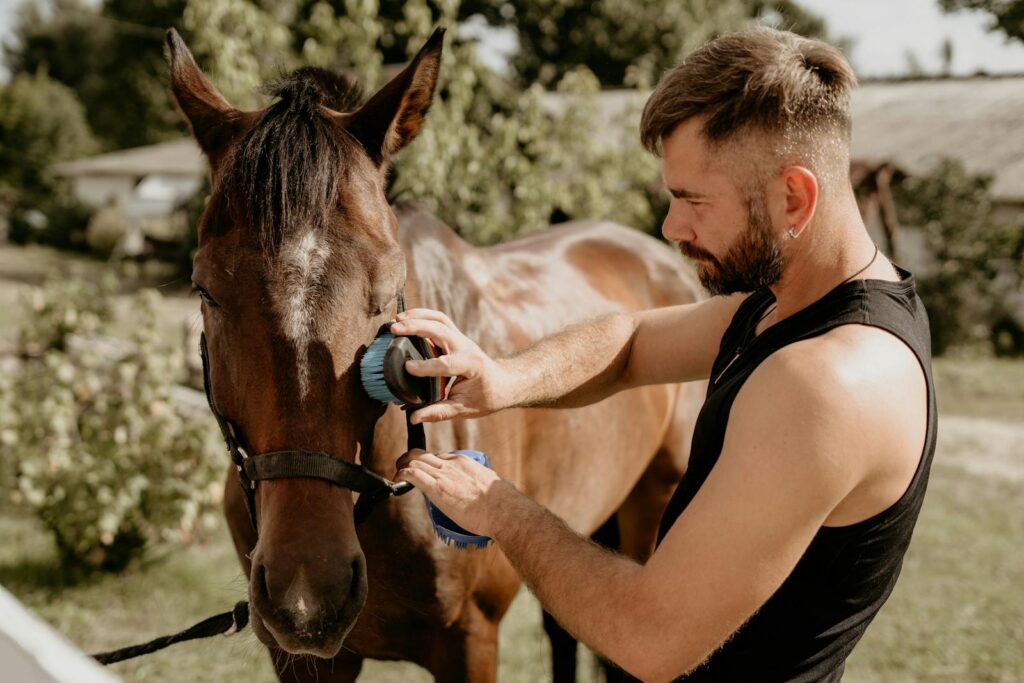
Developing strong communication with the staff at your new barn is essential for your horse’s successful transition. Create a detailed care sheet outlining your horse’s preferences, quirks, medical needs, and handling tips to share with everyone who will be working with your horse. Schedule time to personally demonstrate any specialized care procedures your horse requires. Establish clear communication channels and preferred contact methods for updates or emergencies. Remember that barn staff are your partners in ensuring your horse’s wellbeing, and investing time in these relationships benefits everyone involved. Regular check-ins during the first few weeks allow you to address any concerns promptly and ensure your horse’s care plan is being followed effectively.
Long-term Adjustment Considerations
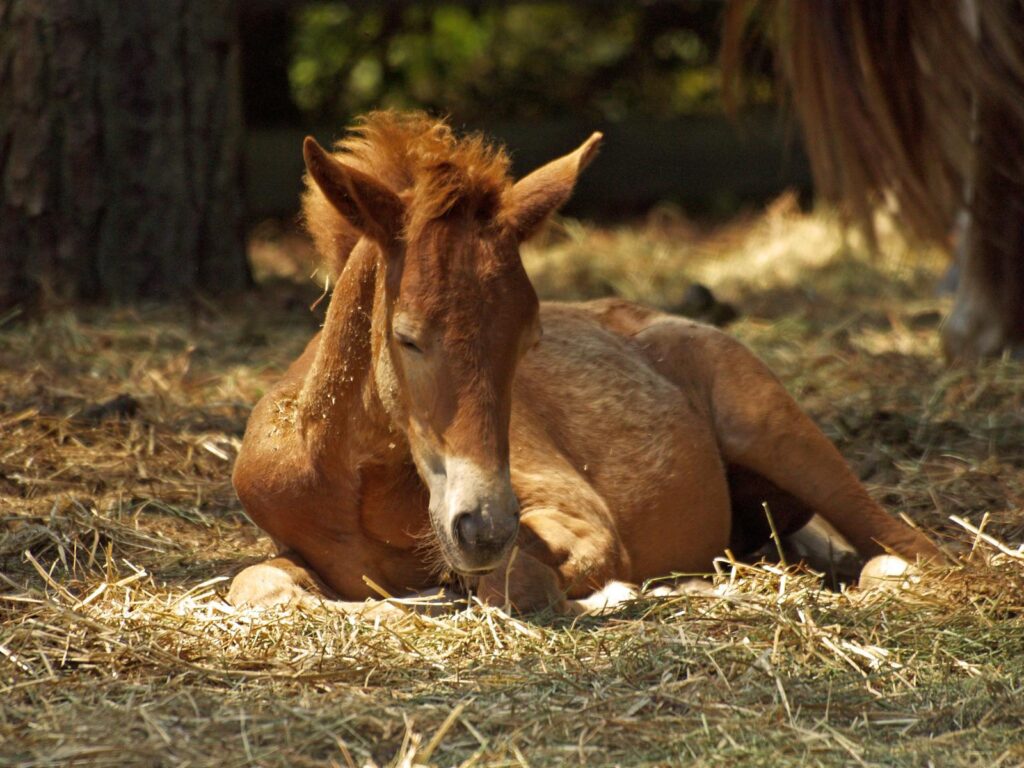
Complete adjustment to a new barn environment typically takes between 30-90 days, depending on your horse’s temperament, previous experiences, and the extent of changes involved. During this period, resist making additional major changes to your horse’s routine, equipment, or training program unless absolutely necessary. Maintain consistent handling approaches and clear expectations to provide security during this transition. Consider keeping your exercise and training sessions lighter than normal initially, focusing on confidence-building and positive experiences in the new environment. Gradually return to your normal riding or training schedule as your horse demonstrates comfort and confidence in their new surroundings. Remember that some horses, particularly older or more sensitive individuals, may require additional time and patience during this adjustment period.
Transitioning your horse to a new barn requires thoughtful planning, patience, and attentive care. By viewing the experience from your horse’s perspective and taking a gradual, intentional approach, you can greatly reduce stress and potential health risks. Keep in mind that every horse is unique and will respond differently to a new environment depending on their temperament, past experiences, and individual sensitivities. Your consistent presence and familiar handling provide a vital sense of security during this period of change. With proper preparation before the move and careful monitoring afterward, most horses adjust well to their new surroundings—often thriving with the stimulation and new opportunities a fresh setting can offer.

